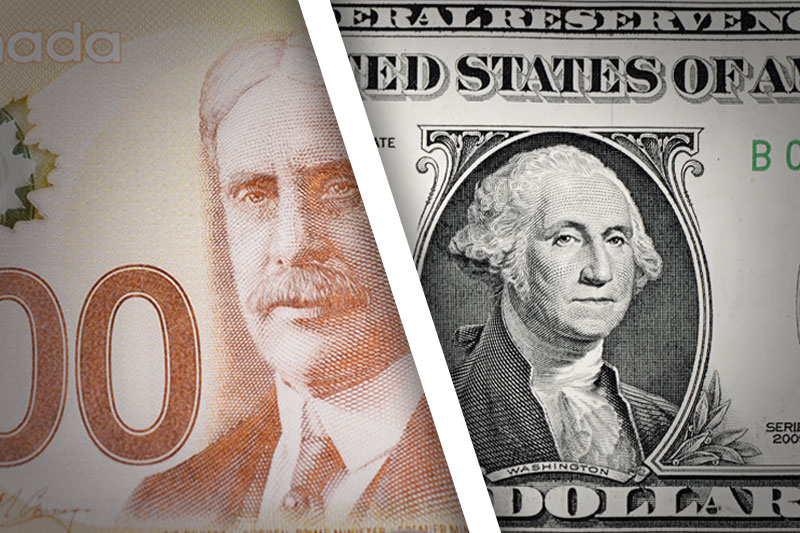Investing.com - The U.S. dollar was steady against its Canadian counterpart on Thursday, trading close to two-week lows as the release of a disappointing U.S. jobless claims report weighed on demand for the greenback.
USD/CAD hit 1.0887 during early U.S. trade, the pair's lowest since July 31; the pair subsequently consolidated at 1.0907, easing 0.06%.
The pair was likely to find support at 1.0850, the low of July 30 and resistance at 1.0940, Wednesday's high.
In a report, the U.S. Labor Department sait the number of individuals filing for initial jobless benefits in the week ending August 9 increased by 21,000 to 311,000 from the previous week’s revised total of 290,000.
Analysts had expected jobless claims to rise by 5,000 to 295,000 last week.
At the same time, markets were looking ahead to a revised Canadian employment report for July, due to be released on Friday after Statistics Canada announced Tuesday that a statistical error in the report had come to light and a review had been launched.
Last Friday, Canada’s statistics agency said that the economy had added only 200 jobs last month, falling far short of expectations for jobs growth of 20,000.
The loonie was lower against the euro, with EUR/CAD adding 0.18% to 1.4613.
Earlier Thursday, preliminary data showed that euro zone gross domestic product failed to grow in the three months to June. Economists had expected a small expansion of 0.1%.
Germany’s economy shrank by 0.2% in the three month to June, the first drop since 2012 and worse than forecasts for a contraction of 0.1%, while France's GDP was flat in the second quarter, marking the second consecutive quarter of stagnation.
The weak data indicated that the economic recovery in the euro area is losing momentum, adding to pressure on the European Central Bank to do more to bolster growth after it cut rates to record lows in June.
A separate report showed that the annual rate of euro area inflation came in at 0.4% in July, in line with forecasts and unchanged from the preliminary estimate.
